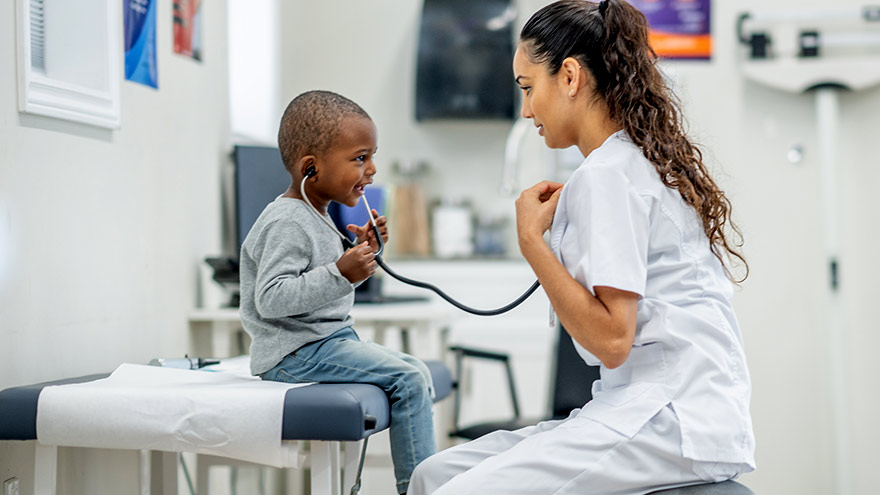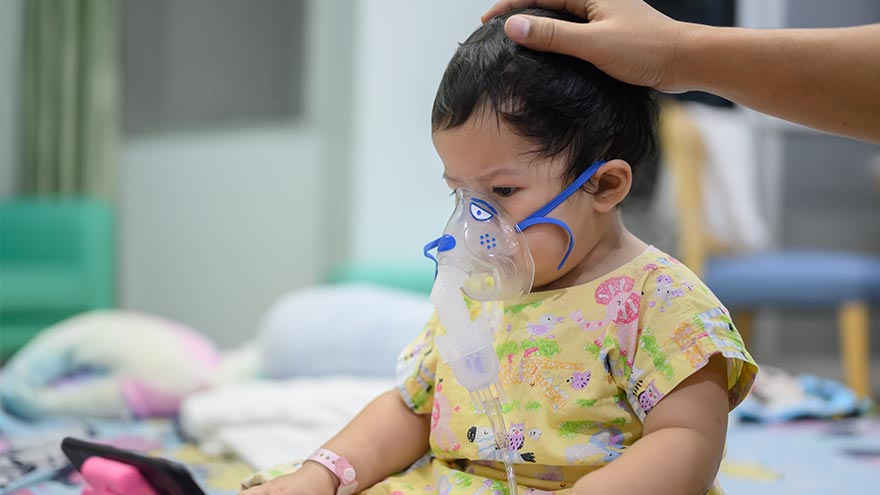Here for Their Tomorrow
It's both a joy and an incredible responsibility to care for your child. Our pediatric care specialists look forward to working with you as a team to provide the highest level of pediatric health care from birth — and beyond.Our family-centered care approach gives you an active role alongside our specialists to deliver the best possible care and outcome for your child.
Pediatrician Services

Pediatrician Services
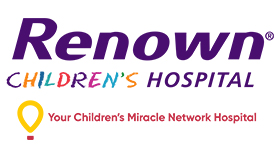
Pediatric Trauma Care and Prevention
Pediatric Specialties
Renown Health's pediatric specialists offer advanced individualized care, so you and your child get the care and support you need.
-
Pediatric Behavioral Health
Supporting the emotional and developmental growth of children from birth to adulthood. -
Pediatric Endocrinology
Our team treats a broad range of hormonal disorders including childhood diabetes. -
Pediatric Gastroenterology
Digestive system disorders relating to the esophagus, stomach, intestines, liver, gallbladder, and pancreas. -
Pediatric Hematology and Oncology
We support children with conditions and diseases related to blood and provide treatment for cancer with chemotherapy and immunotherapy -
Pediatric Nephrology
Our team evaluates and treats various problems related to the kidney and will provide inpatient dialytic support post-visit. -
Pediatric Neurology
We manage a full range of acute and complex neurological disorders in newborns, infants, children, and adolescents. -
Pediatric Ophthalmology
We specialize in diagnostic evaluation and treatment of vision and eye disorders, including infant and child-friendly exams.
-
Pediatric Orthopedics
The latest low-dose radiation imaging options help accurately diagnose injuries and diseases, helping us create a care plan for your child. -
Pediatric Pulmonology
Exemplary family-centered care is our goal to help children with lung-related problems, promoting wellness and quality of life. -
Pediatric Sedation Services
Pediatric sedation services encompass specialized medical care tailored to children, aiming to promote relaxation, immobility, while minimizing pain and anxiety. -
Pediatric Urology
Our specialized team focuses on treating urinary, genitalia and reproductive conditions in infants, children and adolescents.
More Pediatric Services
Adolescents Medicine
Pediatric Surgery
Authorization Consent Forms
Authorization for minor child to seek limited examination and treatment
without a parent or legal guardian present.
Authorization for third party to consent to treatment for
minor child lacking consent.
Related Providers
Caroline Barangan, MD
Pediatrics
Patricia Bertz, MD
Pediatrics
Pamela Burgio, APRN
Advanced Practitioner of Nursing
Kathleen Burns, APRN
Pediatrics
Max Coppes, MD
Pediatric Hematology / Oncology
Christopher Driscoll, MD
Pediatrics
Mavel Gutierrez-Jaramillo, MD
Infectious Disease
Mary Jeppson, APRN
Advanced Practitioner of Nursing
James Johnston, MD
Pediatric Hematology / Oncology
Rachel Karlen, DO
Pediatrics
Verified Patient Reviews
The following ratings and reviews are based on verified feedback collected from independently administered patient experience surveys. The ratings and comments submitted by patients reflect their own views and opinions. Identities are withheld to ensure confidentiality and privacy.





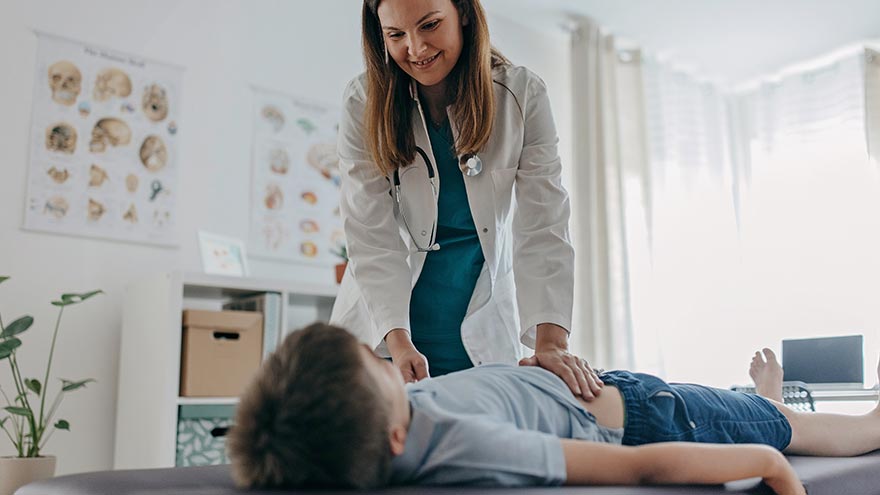




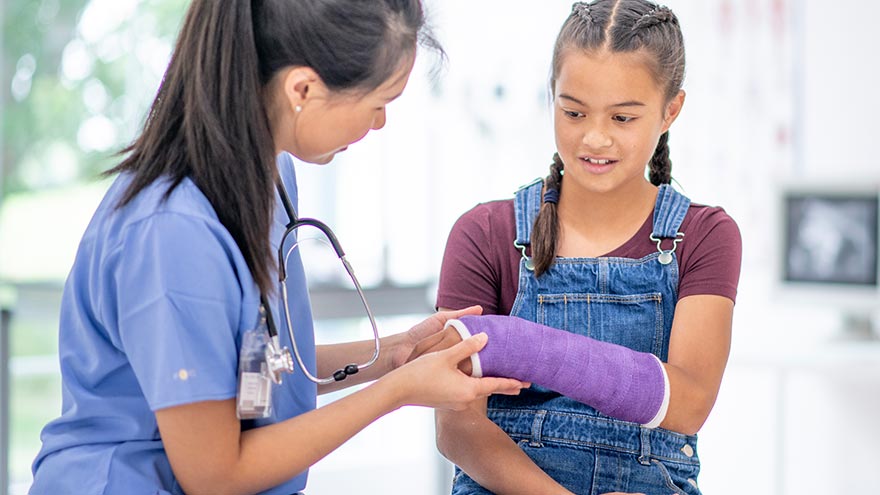
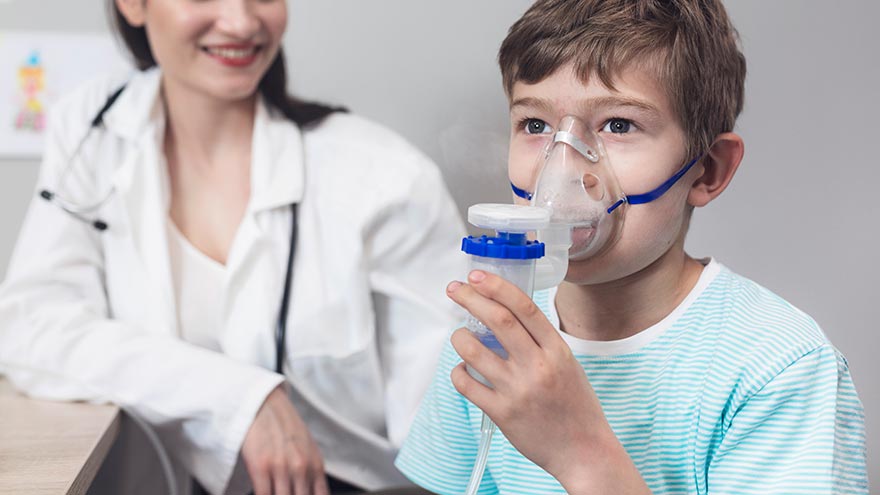
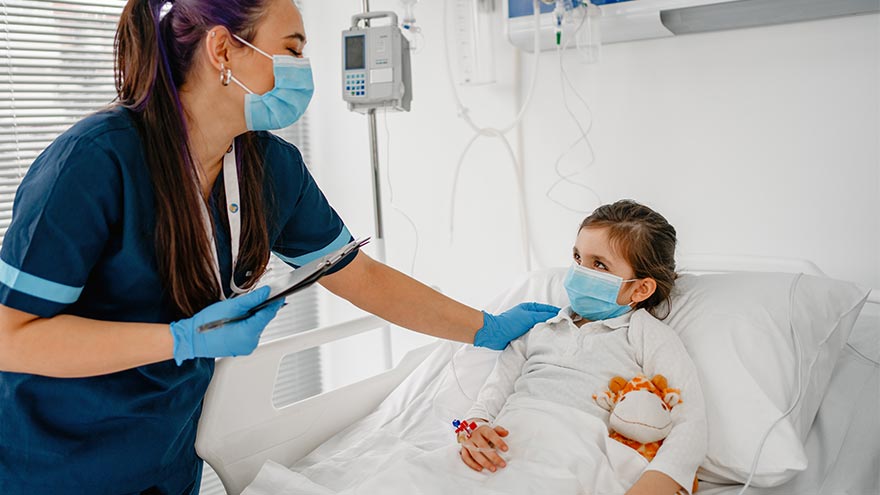





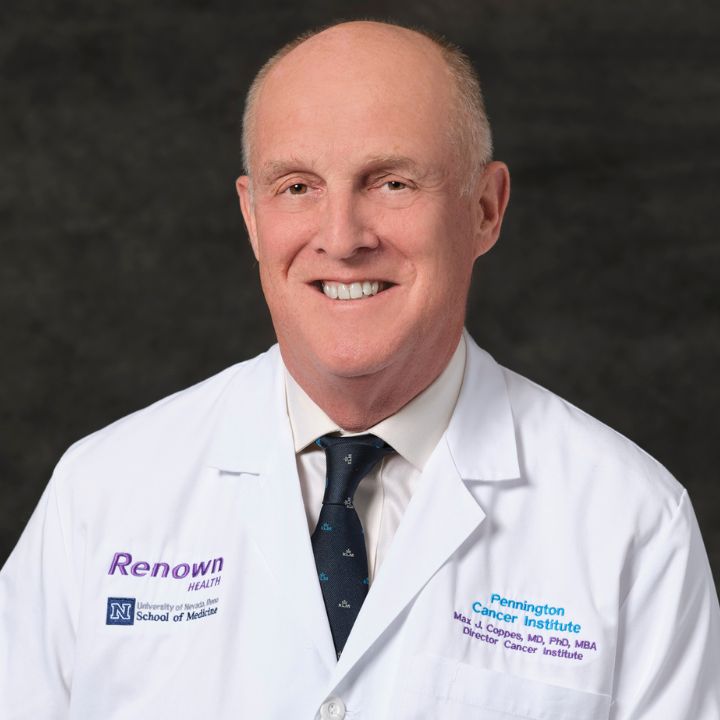
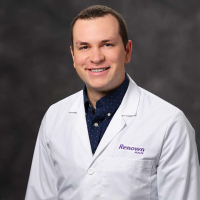
.jpg?rev=98543aba30864462af50247031dc92a4)



